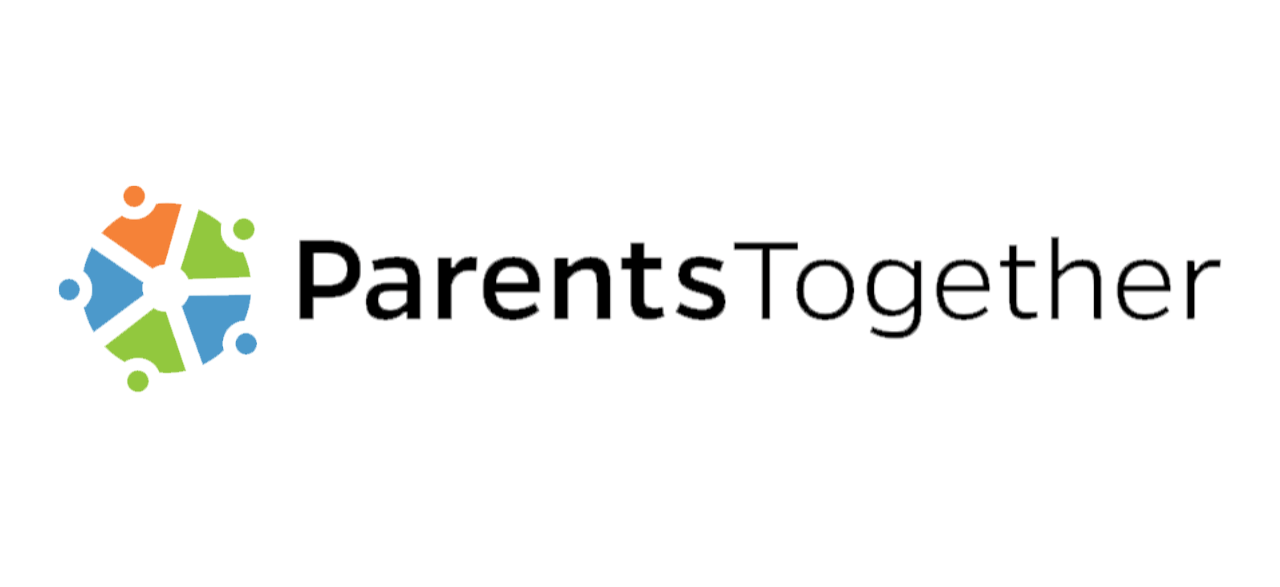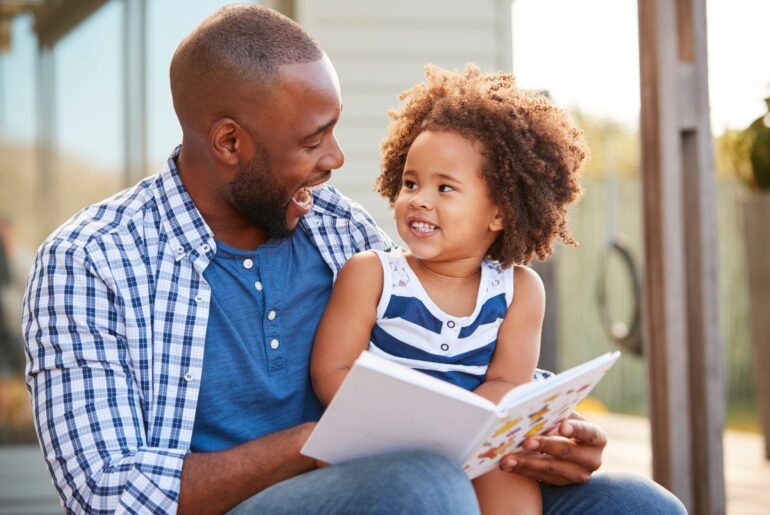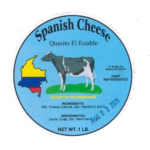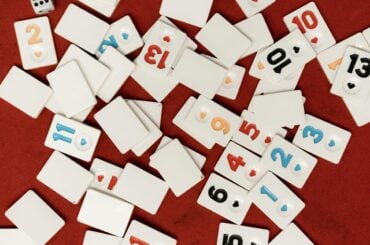In recent years, advocates within the children’s book publishing industry have pushed for more books featuring main characters that represent all kinds of children and life experiences written by authors from those backgrounds and experiences. Why? Because, according to Rudine Sims Bishop, PhD, professor emerita at Ohio State University, books act as mirrors, windows, and sliding glass doors — mirrors to see themselves in the world, windows to peek into new worlds different from their own, and sliding glass doors as invitations to enter those new worlds.
The result? According to the Cooperative Children’s Book Center (CCBC), a research firm that tracks this data, in 2024 over half (51 percent) of the titles CCBC received had significant Black, Indigenous, and People Of Color (BIPOC) content — meaning they have a primary or significant secondary character or human subject who is BIPOC, or the setting or topic of the book relates to BIPOC people, history, or culture.
That means parents now have a greater number and variety of books to choose from to fill out their own home library collection. And for parents concerned about book bans, one way to counteract the efforts to ban diverse books is to buy books featuring diverse characters or books written by creators from diverse backgrounds. Doing so tells the publishing industry that there is still strong market demand for them.
Ready to buy some more books? Here are some tips for how to choose the best titles to round out your family’s collection:
Consider your child’s interests and needs
Books are a powerful vehicle for children to imagine themselves in situations they enjoy or are nervous about. Functional MRI brain scans show that reading about a character in a situation creates the same brain response as if the reader were actually experiencing it.
What does your child enjoy? What challenges are they having right now and could use some support with? Does your child need models of representation for themselves? When my children were young, I couldn’t find books affirming their biracial identity, but I did find books about one of our favorite meals — dim sum! Looking for recommendation lists around these themes can help you find a match between your child’s interest or need and a book that includes diverse characters.
Look for the gaps in your current collection
What do you already have, and what is missing? Does your child enjoy nonfiction books? Perhaps consider history that may not get as much attention in your school’s main curriculum such as AAPI history, Native American history, or Black history. My kids often enjoyed reading biographies of diverse historical figures, so that became a great way to learn that history through a personal story.
Favor contemporary titles over nostalgic favorites
We have our own childhood favorites, but contemporary titles are more likely to have diverse representation among the main characters and less of the negative stereotypes in some older titles. Plus, contemporary titles are more likely to include diverse main characters that are not always stories strictly about their cultural heritage. These kinds of books help children think about diverse characters as regular, relatable kids, not just as members of the group they represent.
Expand what “diverse” means for your family
What are the gaps in representation that go beyond race or ethnicity? Consider family structures different from your own, LGBTQIA+ kids, children with autism or ADHD, children with mental illness or physical disability, different geographical settings, or life experiences such as migration. These books might help your child relate better to their friends, family members, or the world around them.
Consult expert lists that value diverse books
Now that you have a clearer idea of what you and your child want and need, you can use a variety of lists and recommendations available online. ParentsTogether has book recommendations themed around LGBTQ+ and nonbinary families and Native American cultures, for example. More great online sources of book recommendations include MaiStoryBook and Diverse BookFinder.
Model the reading you want them to do
What are the gaps in your own reading? Challenge yourself to read an author whose book features an experience different from your own. Earlier in the year, I realized that I had no books for adults that featured LGBTQIA+ characters, so I read TJ Klune’s The House in the Cerulean Sea, and loved it! I can’t wait to dig into the sequels.







